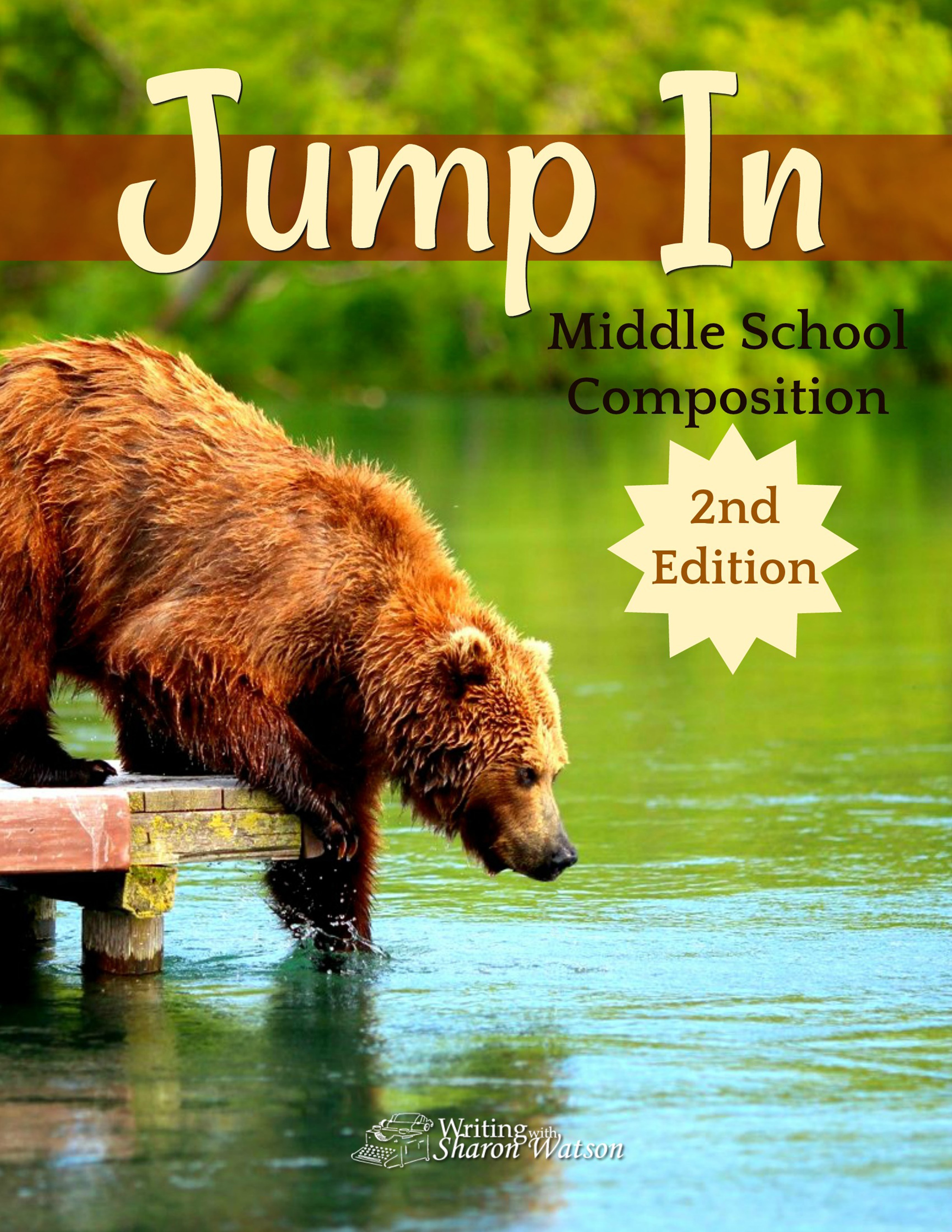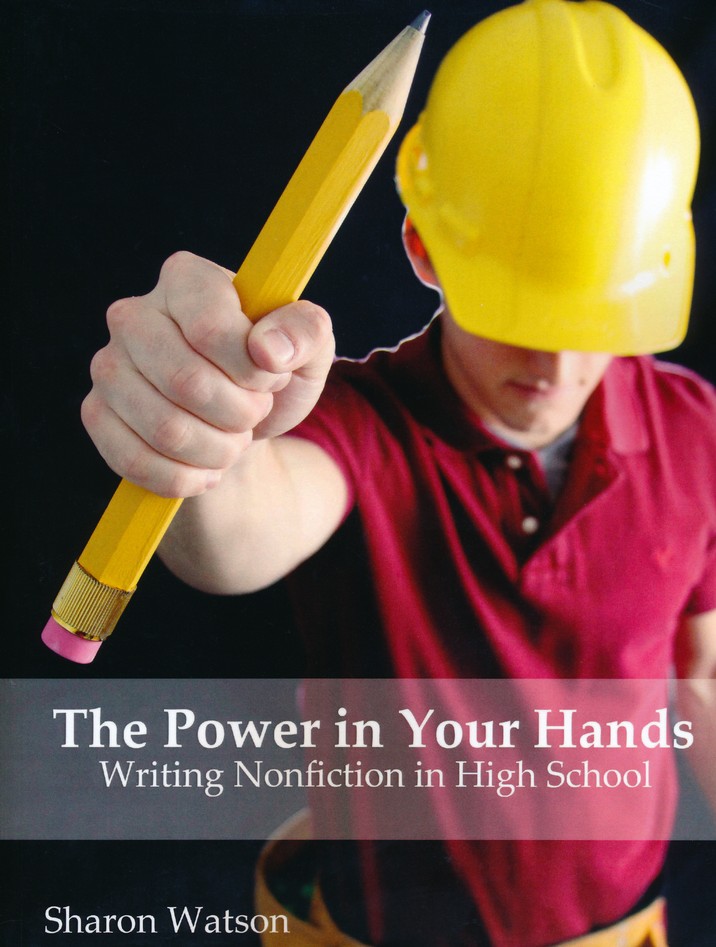Problems with Point Orders?
One of my students handed in an interesting essay on volcanic activity. She included lots of facts, dates, and anecdotes, but there was one big problem.
There was no rhyme or reason for the order in which she put her facts. Each major or historic volcanic eruption was in its own paragraph, but the paragraphs were in no particular order. It felt jumbled and incoherent.
How could she have arranged her paragraphs to have the most impact on her reader? Check below for two possible answers to this conundrum.
This week’s Intro to Writing tutorial teaches three major point orders your students can use in their essays. This tutorial is one of the free lessons subscribers can download for free, and you can find it here. >>
The free lesson contains one exercise. Here’s another you can use:
- Ask your students to think of an animal they love or one they love to hate. This should be an animal they have great love for or feel creepy about.
- Next, they’ll brainstorm all the reasons why a friend should buy this animal as a pet or never buy this animal. Their reasons can be anywhere from silly to serious.
- Once they have a list of at least five reasons, ask your students to choose their three strongest reasons and put them into a logical or effective order. Most likely, they’ll do this instinctively, with no notion of the terms for point orders. That’s okay.
- Then ask them to explain why they chose that order. They usually have very good reasons for the order they chose.
- Last, ask if the order in which they have arranged their ideas is the one that will be the most powerful to convince their friend. (It probably is, but it doesn’t hurt to ask and evaluate.)
Bonus exercise and lesson
Writers have audiences. This is something our students may not think very much about because they are writing to please us, their teachers. To help them think about writing to teach, convince, or explain something to a wider audience, download this exercise here. >>
If you and your students would like to watch a YouTube video explaining even more point orders, click here. >>
That post and video is for teachers who want more information on what to look for when grading essays. However, it teaches these point orders and uses the topic of garbage for each example: importance orders (inverted triangle, psychological order, and climactic order), chronological, spatial, and effect-size.
And it features a member of the Slow Talkers of America (that would be me) and the hand of my really handsome husband.
Suitable for students in 5th – 12th grade.
P. S. —The student with the volcano essay could have used a chronological order, writing about volcanoes in the past, moving up through history to the present, or she could have used the effect-size order to show the volcanoes that have had the most impact on the globe, people, and history. Can you think of other ways she could have arranged her points?
Intro to Writing Series
Feel free to check out the links below.
In Part 1 of Intro to Writing, students narrowed down a topic. You can find that tutorial here. >>
In Part 2, they brainstormed and organized ideas. The middle school version is here. >>
The high school version is here. >>
Intro to Writing, Part 3 takes some of the pain out of outlines by using material your students are already very familiar with: restaurant categories and the way grocery stores are organized. Grab it and the free printables here. >>
Part 4 features a tutorial on writing effective paragraphs. In it you’ll find a chart, an example paragraph written from the chart, and an empty chart your students can use again and again for their own paragraph constructions. Find this dandy tutorial for middle school students here. And the tutorial for teens, with an endangered Porcupine Park, can be found here.
Part 5 is a tutorial on point orders, with a link to a video explaining point orders. You can get it here. >>
Part 6 teaches your students how to easily develop thesis statements (main ideas). >> Downloadable tutorial and exercises included.
Part 7 finishes off this series with free tutorials on introductions and conclusions. Separate tutorials for middle school and high school
Enjoy!
Yours for more vibrant writing,














